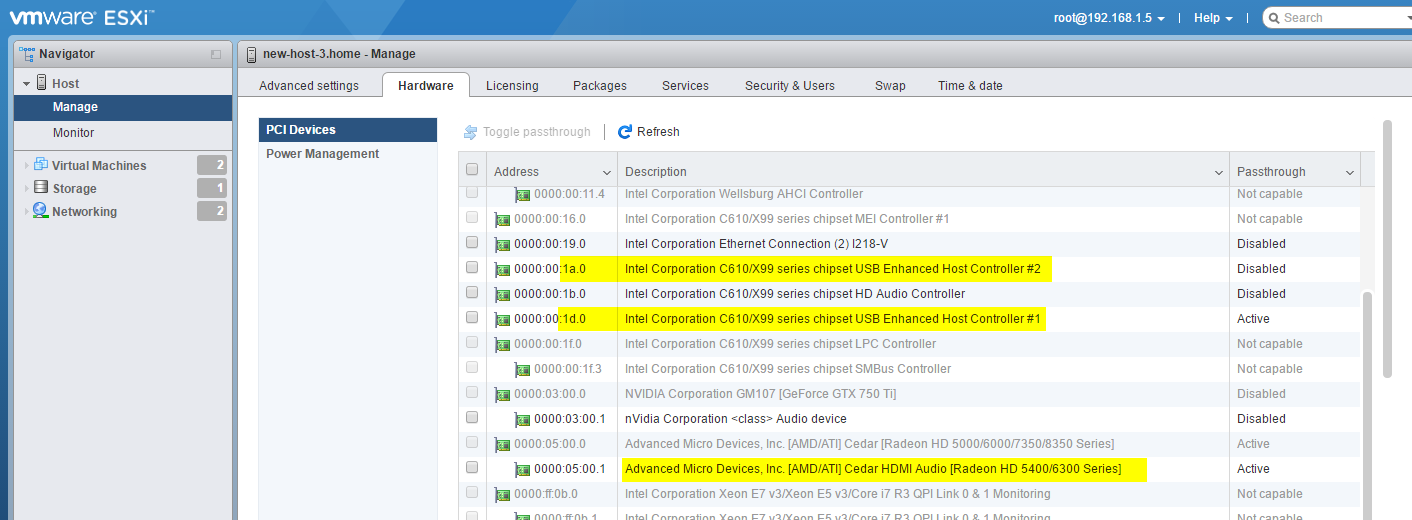Fusion Io Driver
Feb 27, 2017 ESX 5.5 ships with fusion-io drivers already installed, though I forget which version. You'll want to do an esx software vib list, find it, then remove the built-in driver. I'd get the latest drivers from sandisk's site that match the latest firmware you can get from IBM. Fusion-io requires registration for driver/firmware download but these cards can be vendor locked. We have found, for example, that HP cards running Ubuntu Linux can use standard Fusion-io drivers. Often though the vendor lock means you need to use specific OEM firmware. A Linux kernel module, or device driver, for Fusion-io flash storage devices has not yet been provided under an Open Source license, such as the GPL, to enable Red Hat to distribute it with the Linux Kernel.

Today we have the Fusion-io ioDrive installation on VMware vShphere 5.5 guide for the VMware users. In case you missed it – we had our install a Fusion-io ioDrive on Windows guide posted recently and notes on Ubuntu and Proxmox (Debian custom build) with Fusion-io. VMware applications are broad and high-speed storage, especially when multiple VMs are hitting a datastore, is essential. Fusion-io cards are ideal for low latency, high IOPS transactions.
One first needs to find the proper drivers and firmware to make these cards work. Fusion-io requires registration for driver/firmware download but these cards can be vendor locked. We have found, for example, that HP cards running Ubuntu Linux can use standard Fusion-io drivers. Often though the vendor lock means you need to use specific OEM firmware. This is a HP unit which requires HP firmware. To get the firmware:
Search 600281-B21 (320GB SLC Duo), 600278-B21 (SLC 160GB) and etc for MLC parts:
Search for the OS, in this case VMware vSphere 5.5.
Here there are three files:
- VSL3.2.6_ESXi-5.5.zip is required
- ioSphere3.6.1_ESXi-5.x.zip is optional if need to run fio utility
- ioSphere3.6.1_VMware_Virtual_Appliance.zip is optional if have the license and need to centralized manage multiple nodes
Install libvsl-1.0.0-550-offline-bundle.3.2.6.1219.zip
Copy libvsl-1.0.0-550-offline-bundle.3.2.6.1219.zip and scsi-iomemory-vsl-55L-3.2.6.1219-offline_bundle-1377365.zip to /tmp
esxcli software acceptance set -–level=CommunitySupported
esxcli software vib install -d /tmp/libvsl-1.0.0-550-offline-bundle.3.2.6.1219.zip -–no-sig-check
Fusion Io Drivers
esxcli software vib install -d /tmp/scsi-iomemory-vsl-55L-3.2.6.1219-offline_bundle-1377365.zip -–no-sig-check
At this point you will need to restart the system and verify that the driver is working.
You can validate this is installed with: Esxcli software vib list
Now moving to the GUI you can see the storage adapter and data stores as normal.
And datastores can be seen/ created as one normally would.
And if you want to install Fusion-io ioSphere:
esxcli software vib install -d /tmp/fusionio-cimprovider-esxi5-bundle-3.6.1-114.zip -–no-sig-check
Fusion Io Driver Not Loaded
One nice part here is that one can use the same command to see status as we would use under Windows CLI or Linux with: fio-status -a
Overall this is one of the easier installations, and significantly easier than on many Linux hosts where Fusion-io only supports an extremely narrow set of releases. (e.g. 14.04 LTS but not the updated 14.04.2 LTS)